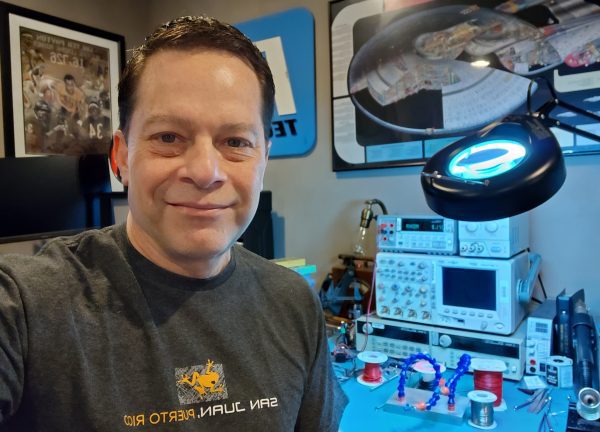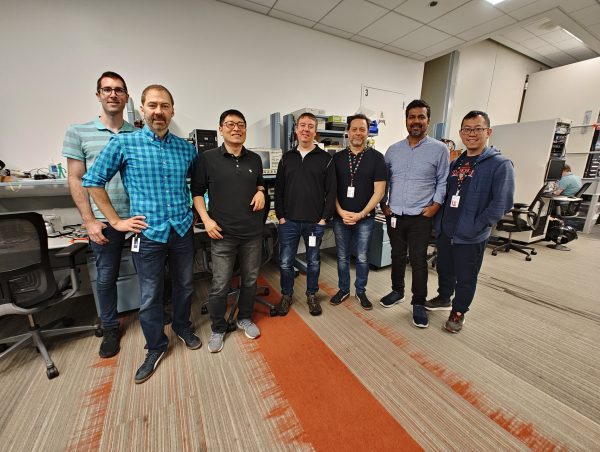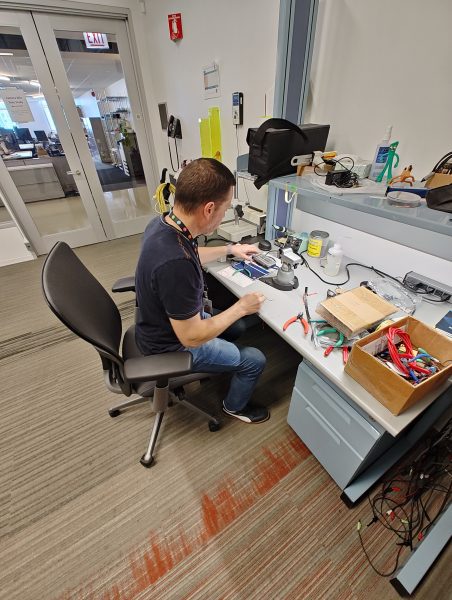

Mark Carlson, Principal Engineer for IDG, has spent 26 years at Lenovo applying his technical knowledge in power management and battery life—and now AI—to develop industry-leading products and solutions. From the first foldable smartphone to the rollable proof of concept and bendable Motorola phone, Mark has consistently been on the forefront of Lenovo’s battery innovation, and was recognized in 2024 with one of Lenovo’s prestigious Technical Ladder promotions.
As Lenovo devices become more sophisticated, battery is at the forefront of Mark and his team’s mind. No surprise: it’s also one of the top items on customers’ checklists when they consider purchasing any device.
“Battery and power management can be one of the top delighters for our customers, but it can also be a top dissatisfier if it’s not done well,” said Mark. “At this point, having an excellent battery and charging system is table stakes – even as devices have more and more features and capabilities.”


Innovating with materials
Mark and his team are constantly bringing in new materials to test and innovate Lenovo’s approach to battery. One material that looks particularly promising is silicon anode batteries. They still use lithium ion, but the graphite anode is replaced with silicon to pack a bigger punch.
“With silicon there is a clear, significant improvement in energy density that allows us to get more power and life out of the same size battery – we can make the device smaller and maintain the power, or we can keep the size and get even better battery life.”
Lenovo was one of the first tech companies to bring silicon to the market with our most recent foldables, moto razr + and moto razr, which hit the market in 2023. While silicon is starting to gain momentum across other device manufacturers, Mark says no one has yet created a 100% silicon powered device – but Lenovo is actively pursuing to be the first.
It’s important to note that the use of silicon would not only supercharge battery power, but it would also decrease the energy output of our devices. That’s becoming ever more important as energy efficiency remains a huge focus across the world and here at Lenovo, where we have a goal to improve energy efficiency in our devices by 30% by FY29/30.
Innovating with AI


Mark manages Lenovo’s proprietary battery satisfaction predictor (BSP), which is a metric to determine battery life prior to device development and used to forecast battery performance for the device’s entire life. The BSP is heavily used in Mark’s work with Lenovo’s 312 Lab, where the team designs battery and power for Lenovo’s new form factors.
While the team’s portfolio includes battery design for recent proof of concepts like Motorola’s bendable phone and the rollable PC, Mark says the team is now working on something entirely different.
“In 312 Lab, we’re actively working on new AI form factors,” Mark said. “These are much smaller than smartphones – they’re less intrusive but designed to be on you.”
“As products get smaller, it doesn’t necessarily mean you’re using less power. It just means that we have a smaller space to work with, and yet we still need a battery that is going to appropriately power these smaller AI devices.”
To improve battery life, the team is also working to understand how people use AI on their devices and inputting that into the BSP to test and optimize performance. On the other hand, the team is also working to leverage AI to gain insights and better understand where improvements can continue to be made.
Celebrating achievements

 At the beginning of this fiscal year, Mark was one of the 41 technologists who were promoted through Lenovo’s Technical Ladder program. Each year, Technical Ladder vets, selects, and promotes professionals who have made significant contributions to Lenovo’s research and development.
At the beginning of this fiscal year, Mark was one of the 41 technologists who were promoted through Lenovo’s Technical Ladder program. Each year, Technical Ladder vets, selects, and promotes professionals who have made significant contributions to Lenovo’s research and development.
“I’m very honored to have been recognized and I’m thankful for all the people who put in their precious time for me to receive that,” Mark said.
“I’ve been at Motorola and now Lenovo for 26 years, and the fact that I still enjoy what I do is really amazing – I really can’t imagine another place where I get to do the kinds of things I do on a daily basis.”
